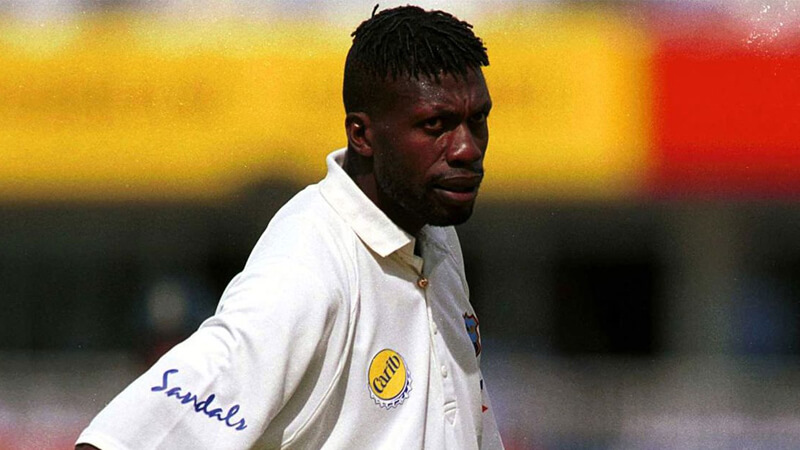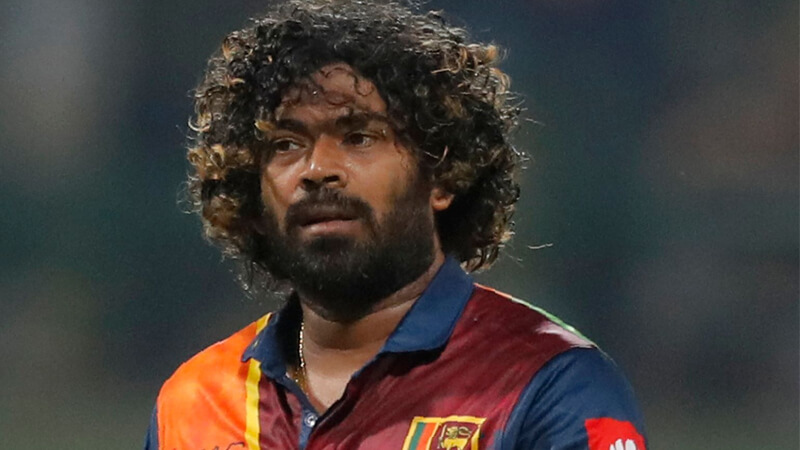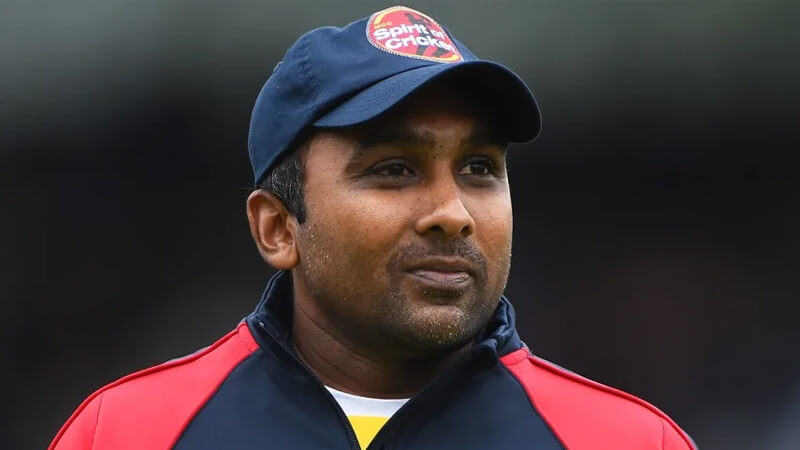Biography of Curtly Ambrose:- Biography of Courtly Ambrose, he was born on 21st September 1963 in Antigua. He was a tall man. His 6’ 7” height was the most dangerous element of all in his entire career.
Ambrose started and soon after the first series was embraced as the lethal spearhead of the already cruising West Indian bowling lineup.
He took the legacy of the great West Indian bowlers, worked as one of the best bowling units with Courtney Walsh. Both men topped the results on foreign and home grounds.
Biography of Curtly Ambrose
- Born:- 21 September 1963 (age 53), Swetes, Antigua and Barbuda
- Height:- 2.01 m
- Test Debut:- 2 April 1988 v Pakistan
- ODI Debut:- 12 March 1988 v Pakistan
- Spouse:- Bridgette Benjamin (m. 2001)
- Last ODI:- 23 April 2000 v Pakistan
The right arms fast bowler and a left-hand batsman, though he occasionally did something with the bad, still, his brutal bowling spells are what have to be cheered and embraced. He represented West Indies for 12 years was devastating and massively reliable from the very beginning.
See Also: Biography of Courtney Walsh
Originally a basketball player and fan, it was Ambrose’ mother who was a diehard cricket fan. Though his height and future were perfect in basketball, his mother somewhat persuaded to try his luck for clubs.
Curtly Ambrose family wasn’t well off; his father was a carpenter, Ambrose spent few months under his fathers’ apprenticeship.
After a successful academic session, he finally got sports scholarship to further his career in cricket. He returned to Antigua after his two seasons under Viv Richards Scholarship in English summer junior county cricket in 1986.
It was the spring of 1988 when Pakistan toured the Caribbean in March; he was one of the most anticipated youngsters out there in the stands.
Ambrose was given a chance for the first time in the ODI series. His ODI debut was prime time as he took his first international wicket in the third ball of his international career.
Later that year, Curtly Ambrose was picked up for the coming test series against Pakistan though he wasn’t much impressive in the bout. He was rested for a bit and readied for the real challenge i.e. to beat England on their soil.
West Indies was willing to accept the challenge with a pace battery unmatched at the time and West Indies cruising through the ODI rankings.
At an astonishing average of 20, English media was the first to praise Ambrose with his five-wicket hauls and impressive 22 wickets in the test series; Cricket pundits already saw another Joel Garner in Curtly Ambrose that proved a hundred and one percent correct after he completed his 400 wickets in the test cricket.
In 1989, Ambrose was phenomenal with his variety, accuracy, and skills to lift the ball whenever and wherever he wants.
He made world class bowlers dance on dead Sharjah pitches with his more than average pace and extra bounce that came with 2.01m height.
In the same year, Ambrose was in his prime when the dominant West Indies toured Australia on bouncy tracks. West Indies won the series 3-1 comfortably with the help of 6 feet plus bowlers. With West Indies winning the ODI tournament as well, Ambrose did well than any of the bowlers in the series.
1990 was the best year for Ambrose so far. He was the leading wicket-taker and a dependable athlete of the team; the team relied on the breakthroughs provided by Curtly Ambrose, whenever he didn’t, his team was already in the dungeons of fearsome defeats. In the Pakistan tour, Ambrose was the most impressive from West Indian dugout.
He helped West Indies draw the difficult test series, later West Indies toured England. He was better and more experienced than the last time. Ambrose, along with his mesmerizing spells with the new ball providing breakthroughs tarnishing the opposition’s stronghold batting attack, especially English batting that was defensive and attacking at the same time. In the historic tour, Ambrose was a man of the match for the third test.
He produced a hat-trick ball for two times in the series and was awarded man of the series from the West Indies side. He used his short-pitched deliveries intelligently to fall middle order batsmen into a trap of hooking it straight into the fielder’s lap. Ambrose was declared Wisden’s cricketer of the year in 1990.
After the unsuccessful two years that included the World Cup in 1992 that was played on the Australian continent, Ambrose wasn’t effective due to the injuries. He gained his form after the World Cup season when South Africa visited West Indies for the first time.
Ambrose with Courtney Walsh was perfect, and right on the money for the test series, the best among those was a brilliant spell when West Indies bowled out the South African eight batsmen for 26 runs chasing 79 on the final day.
The Fatal Armament
Curtly Ambrose was often criticized by his deceiving slower deliveries as it was unfamiliar to most of the batsmen in the International cricket.
Ambrose could be cited as one of the pioneers of the slower ones, his fast and furious overs when mixed with some superb and accurate Yorkers and slower deliveries converted to wicket taking deliveries were the most annoying to the batsmen.
In the biography of Curtly Ambrose, his accuracy delivering unplayable yorkers are the highlighted bits of his illustrious 12-year International career.
Post-1993 Era
The post-1993 era was a horrific period for West Indies when many of the legends left or retired; the younger ones were not efficient as they lacked the spark and heroics. Soon, West Indies was on the falling side of the parabola after reaching the peak.
As a result, Walsh and Ambrose were less active losing support from the other bowlers. ICC introduced the bouncer limits that became more discouraging for West Indies tall bowlers. He was still economical lurking around 20-25 average per wicket.
When his ODI and Test career was on the verge of decline, he was still the most economical bowler. His five runs in 10 overs against Srilanka in ODIs are still the second best economic figures in 60 balls.
Curtly Ambrose stats and records include 405 wickets in 98 Test matches at an average 20.99; he took 225 wickets in the 176 ODIs with bowling average just above 24. Ambrose played his last ODI against Pakistan in April 2000 and his final test match against England in the same year.




